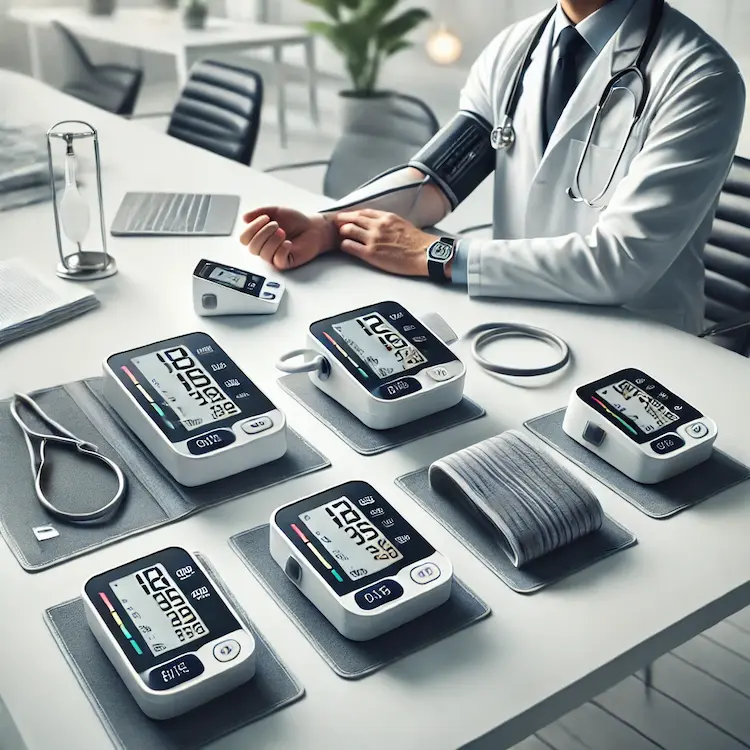Managing hypertension is critical to reducing the risks of heart disease, stroke, and other serious health issues. Home Blood Pressure Monitoring (HBPM) is a valuable tool for individuals with hypertension, enabling better control and management of their condition. This article explores HBPM in detail, including its importance, benefits, methods, tools, and tips for effective implementation.
Hypertension, commonly known as high blood pressure, occurs when the force of blood against artery walls is consistently too high. It is often referred to as a “silent killer” because it frequently has no symptoms until complications arise.
HBPM for Hypertension provides individuals with a convenient way to track their blood pressure over time. This empowers patients to identify trends, adjust lifestyle factors, and collaborate effectively with healthcare providers.

| Feature | Upper Arm Monitor | Wrist Monitor | Smart Monitor |
|---|---|---|---|
| Accuracy | High | Moderate | High |
| Portability | Moderate | High | High |
| Price Range | $50–$150 | $30–$100 | $100–$300 |
Home Blood Pressure Monitoring is a vital tool for managing hypertension. By using reliable devices, following best practices, and understanding blood pressure trends, individuals can take significant steps toward improving their health outcomes.